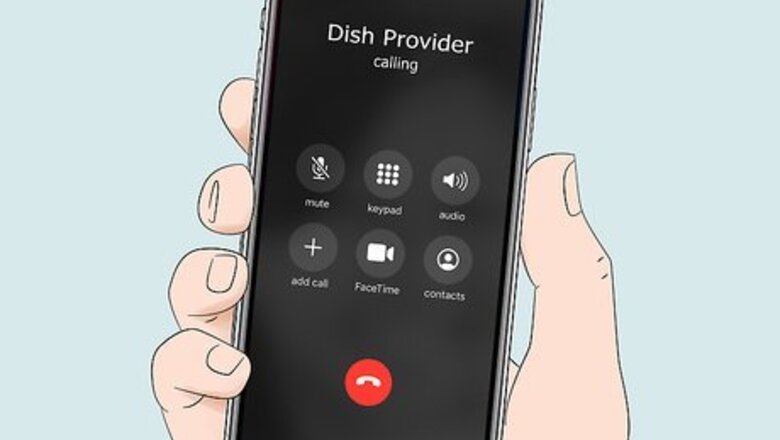
views
Removing a Deactivated Dish
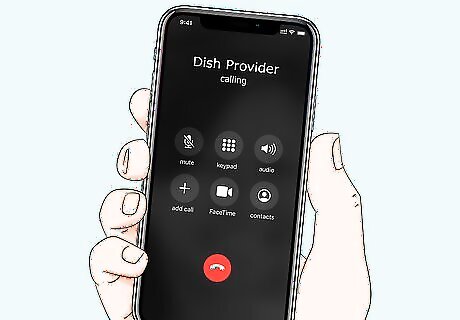
Contact your satellite provider and tell them you want to ditch your dish. Dial the customer service line for the company you bought your dish from and ask them about the best way to get rid of it. Many providers run their own recycling programs designed to help subscribers offload dish equipment they no longer have a use for. If you’re not sure where to direct your call, check the dish itself. You should see a toll-free number somewhere near the manufacturer’s logo. DISH Network, for example, partners with Best Buy stores to facilitate the recycling or refurbishing of their products, while DirecTV refers their customers to Goodwill’s GoodElectronics program.
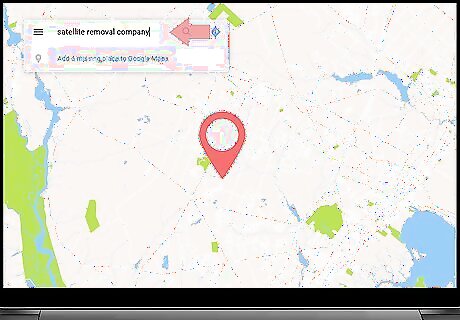
Get a professional satellite removal service to take your dish down. Run a quick search for “satellite removal company” plus the name of your town or city to find a company operating in your neck of the woods. Schedule a date and time for a technician to come to your home to disassemble your dish. While you're on the phone, ask whether they'll haul the dish off for you or if you'll need to see to that yourself. The cost of hiring a professional removal service can range from $150 for ground-level dishes to $300 or more for dishes situated on the second or third story of your home. Not all satellite removal services handle the transport of decommissioned equipment. If the company you’re working with doesn’t, you’ll be responsible for dealing with it.

Hire a qualified roofer if there isn’t a satellite removal service near you. Many professional roofers list satellite dish removal among their services. If you end up going this route, spend some time researching various roofing businesses in your community and narrow down your options to a few that suit your location, budget, and timetable. Removal costs vary, but you can likely expect rates similar to those charged by dedicated satellite removal services.
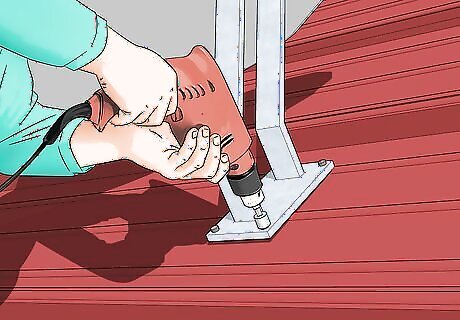
Dismantle your dish yourself if you don’t have any other choice. Rarely, you may have trouble tracking down a third-party service that’s willing to pull your dish for you, leaving you with no choice but to do it yourself. Fortunately, this is usually as simple as removing the bolts holding the base of the dish in place and filling the holes with a little bit of roofing tar using a caulk gun. If you're working on your roof unaccompanied, consider wearing a roofing harness to avoid potential injury in the event of a fall.Warning: Since satellite dishes are almost always found on the roof, working safely should be your top priority. Be sure to use a ladder that’s tall enough to offer easy access to your roof, and have someone hold the ladder for you on your way up and down.
Recycling the Equipment

Ask around to find someone who might want your dish. Before you scrap a perfectly good dish and receiver, see if anyone you know is interested in taking them for their own use. It may be that you have a relative, neighbor, coworker, or acquaintance who’s looking to make the jump from cable or add a few major television stations to their selection of streaming services. A standard satellite dish will typically remain operable for years, so long as it’s installed and maintained properly. Satellite dishes are still popular in places where high-speed Internet connectivity is unavailable or unreliable, such as rural, mountainous, and undeveloped areas.Tip: It may also be possible to donate your dish to a charitable organization that provides housewares, appliances, consumer electronics, and other goods to individuals and families in need.

Take your dish to an advertised recycling partner for free disposal. Present your dish at the customer service desk of a participating retailer. They’ll house it there in the store until their next scheduled shipment or pickup with a certified recycler. You’ll be on your way in minutes, and, best of all, it won’t cost you a thing! For more information on how to take advantage of a recycling program, visit the website of your satellite provider or manufacturer. Best Buy alone has collected and responsibly disposed of over 2 billion pounds of e-waste since launching their corporate recycling initiative.
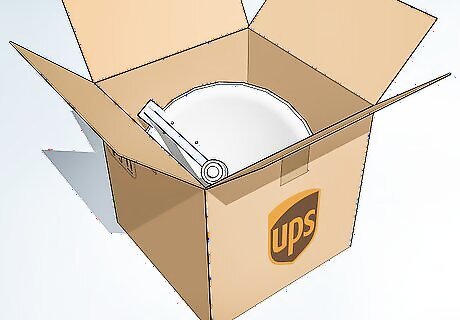
Ship your DISH Network dish directly to a certified recycler via UPS. Box up your inactive equipment and head down to the closest UPS shipping center. Address your package to AER Worldwide, 140 Congress Blvd. Suite E, Duncan, SC 29334. This is the address of Best Buy’s affiliated recycling service. This may be your most convenient option if there isn’t a Best Buy store within driving distance of where you live. The one downside of sending in your dish by mail is that you’ll have to pay the shipping and handling costs yourself.
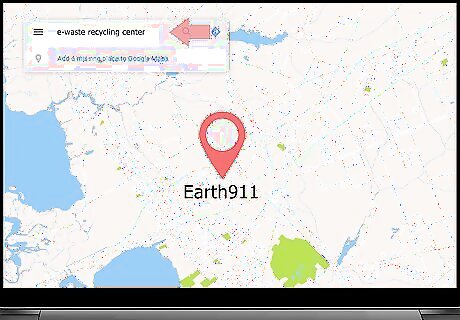
Find an e-waste recycling center in your area that will accept your dish. Online resources like Earth911 and Call2Recycle host searchable databases of publicly-accessible recycling centers all over North America. Just specify the type of item you want to donate and enter your zip code to pull up a list of suitable locations. You can then drop off your dish at your own convenience. There are also lots of handy city- and state-wide recycling resources on the web, like CalRecycle and the New York Department of Sanitation’s Electronics Drop-Off Locations map. One of these may be able to offer more region-specific info if you’re not having much luck with one of the bigger databases. Be aware that Earth911 (as well as most other recycling resources and processing centers) won’t actually come and pick up your dish for you. No matter what service you end up going with, you’ll generally need to transport it yourself.
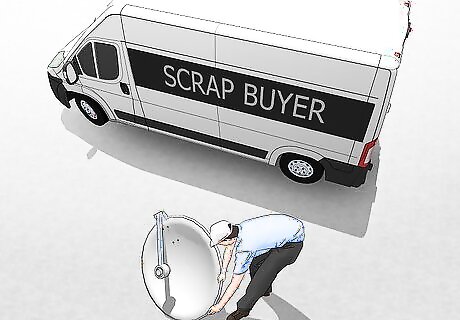
Call a scrapper to come out and haul off your dish for you. Browse websites and listings for local scrap vendors online. These people make their money by salvaging and reselling raw materials, like those found in satellite dishes, so they’ll be more than happy to take one off your hands. With this solution, you'll never even have to leave the house. Depending on the vendor, you may or may not be charged for on-site removal. Some scrappers even pay out small amounts of money for certain metals, often some of the same ones used to make electronic components.



















Comments
0 comment